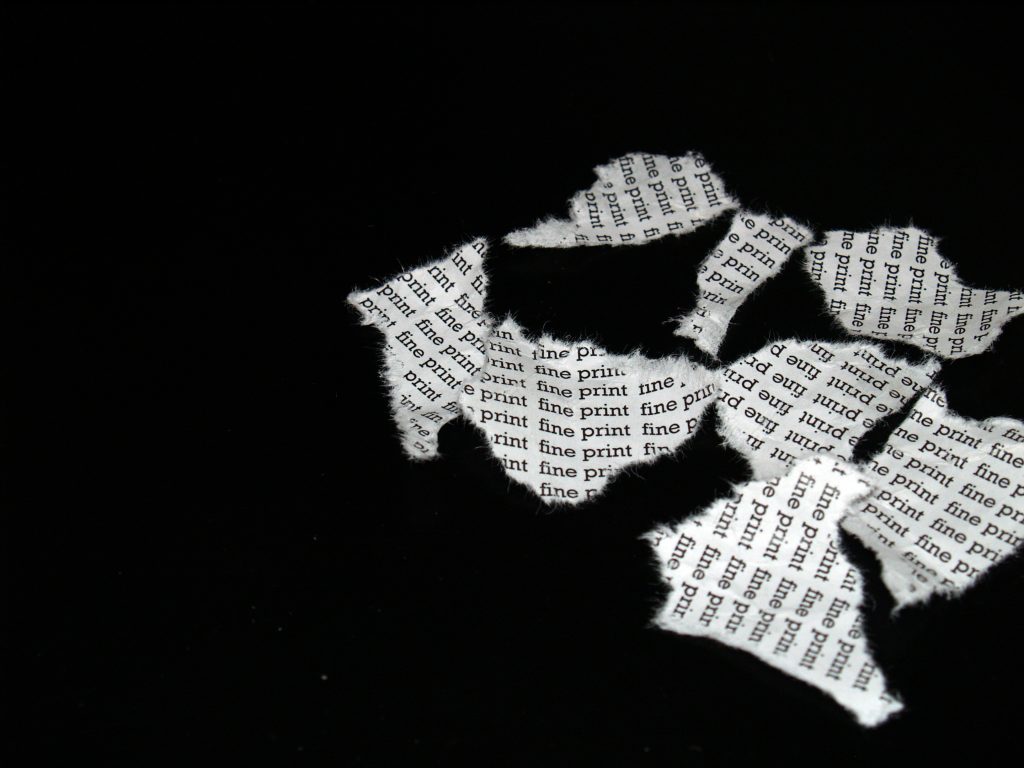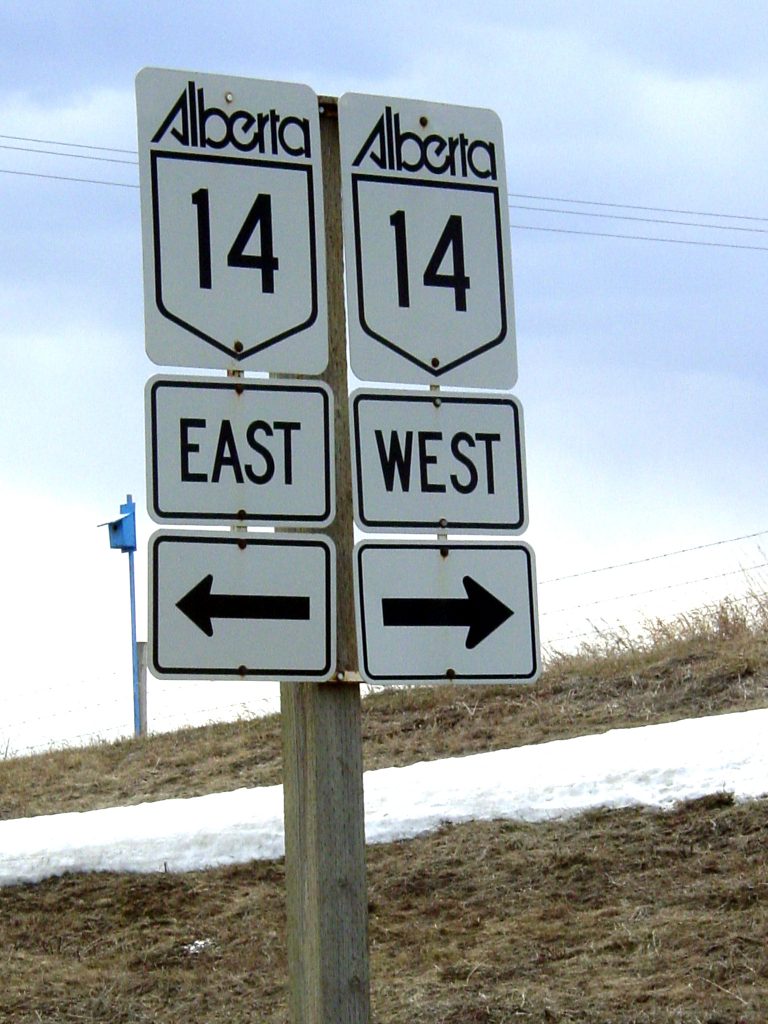 One of the least know parts of a personal injury suit occurs after trial or settlement. It’s called subrogation. Subrogation is the reimbursement of third parties for payments made relating to an accident. Many times, a subrogation claim is made by the injured’s own vehicle insurance provider or by the injured’s own medical insurance provider. Embedded in many insurance contracts is a “subrogation waiver.” As the name suggests, a subrogation waiver in an insurance contract provides that one party agrees to waive its subrogation rights against another party in the event of a loss. Typically, this waiver takes the form of insurers agreeing to forego its ability to seek payment from third parties who may be responsible for losses the insurer had to pay to its insured. In a workers’ compensation context, such waivers would prevent an insurer from seeking compensation from a party who may have been responsible for an employee becoming injured. Absent such waiver, an insurer would have the ability to seek compensation for what it paid in benefits from the party responsible for the work injury.
One of the least know parts of a personal injury suit occurs after trial or settlement. It’s called subrogation. Subrogation is the reimbursement of third parties for payments made relating to an accident. Many times, a subrogation claim is made by the injured’s own vehicle insurance provider or by the injured’s own medical insurance provider. Embedded in many insurance contracts is a “subrogation waiver.” As the name suggests, a subrogation waiver in an insurance contract provides that one party agrees to waive its subrogation rights against another party in the event of a loss. Typically, this waiver takes the form of insurers agreeing to forego its ability to seek payment from third parties who may be responsible for losses the insurer had to pay to its insured. In a workers’ compensation context, such waivers would prevent an insurer from seeking compensation from a party who may have been responsible for an employee becoming injured. Absent such waiver, an insurer would have the ability to seek compensation for what it paid in benefits from the party responsible for the work injury.
Recently, a Louisiana Court of Appeal ruled on a case involving a dispute regarding the scope of a subrogation waiver in an insurance policy between Offshore Energy Services, Inc. (“OES”) and Liberty Mutual. In this case, a man named Anthony Beslin was injured while working as an employee for OES. OES had a contract with Liberty Mutual where Liberty Mutual agreed to pay workers’ compensation benefits to any injured OES employee. The contract also contained a subrogation waiver where Liberty Mutual agreed to waive its right of subrogation against “[a]ll persons or organizations that are parties to a contract that requires you to obtain this agreement . . . . ” Based on the insurance contract with OES, Liberty Mutual paid workers’ compensation benefits to Mr. Beslin.
At the time of the accident, OES provided services to Anadarko Petroleum Co. (“Anadarko”) on an oil rig. Based on the contract between OES and Anadarko, OES had to provide workers compensation insurance to its employees and also agree that its insurer (Liberty Mutual) waive its right of subrogation against Anadarko and its Indemnitees (someone who is secure from the legal responsibilities of his or her action). One such indemnitee, Grey Wolf Drilling Co, L.P. (“Grey Wolf”), owned the rig on which Mr. Beslin was injured. It was alleged that a Grey Wolf’s employee’s negligence caused Mr. Beslin’s injuries. In addition to seeking workers’ compensation, Mr. Beslin filed suit against Anadarko, Grey Wolf, and the allegedly negligent employee seeking compensation. Liberty Mutual then intervened, asserting a subrogation claim against Grey Wolf for the workers’ compensation benefits it paid Mr. Beslin.
 Louisiana Personal Injury Lawyer Blog
Louisiana Personal Injury Lawyer Blog


 Inherent in most insurance contracts is an insurer’s duty to defend its insured against certain lawsuits. Part of this duty requires the insurer to pay for all legal costs and other fees related to a particular lawsuit. In a commercial general liability (“CGL”) context, business owners often rely on an insurer’s duty to defend in order to avoid paying significant legal fees for defending actions which would ultimately be covered by a CGL policy. As one might expect, whether this duty to defend exists depends on whether the loss alleged in a lawsuit is within the scope of the policy’s coverage. As a recent Louisiana Appellate Court illustrates, it is very important that insureds understand the language of their CGL policies so as to know when a duty to defend exists.
Inherent in most insurance contracts is an insurer’s duty to defend its insured against certain lawsuits. Part of this duty requires the insurer to pay for all legal costs and other fees related to a particular lawsuit. In a commercial general liability (“CGL”) context, business owners often rely on an insurer’s duty to defend in order to avoid paying significant legal fees for defending actions which would ultimately be covered by a CGL policy. As one might expect, whether this duty to defend exists depends on whether the loss alleged in a lawsuit is within the scope of the policy’s coverage. As a recent Louisiana Appellate Court illustrates, it is very important that insureds understand the language of their CGL policies so as to know when a duty to defend exists. The National Flood Insurance Program, or NFIP, was Congress’ approach to providing flood coverage at affordable rates. Generally, through the program homeowners can buy a Standard Flood Insurance Policy, or SFIP, from the Federal Emergency Management Agency, or from private insurers. According to the Court of Appeals for the Fifth Circuit, the SFIP outlines the conditions and requirements under which federal funds may be distributed to eligible policyholders.
The National Flood Insurance Program, or NFIP, was Congress’ approach to providing flood coverage at affordable rates. Generally, through the program homeowners can buy a Standard Flood Insurance Policy, or SFIP, from the Federal Emergency Management Agency, or from private insurers. According to the Court of Appeals for the Fifth Circuit, the SFIP outlines the conditions and requirements under which federal funds may be distributed to eligible policyholders.  Underinsurance policies provide drivers an extra layer of protection. These policies compensate drivers for injuries suffered in accidents with uninsured or underinsured drivers, but the process of claiming under these policies can be problematic. Ted Luquette encountered this difficulty after he was injured in a car accident in Abbeville.
Underinsurance policies provide drivers an extra layer of protection. These policies compensate drivers for injuries suffered in accidents with uninsured or underinsured drivers, but the process of claiming under these policies can be problematic. Ted Luquette encountered this difficulty after he was injured in a car accident in Abbeville.  Lawsuits that are rooted in car accidents are typically cut and dry; it is easy to determine the party at fault and to determine the party that should pay for the costs of damage. However, a case arising out of Monroe proves that this is not always the case. This perplexing lawsuit involves a situation in which the at-fault party was not covered under the vehicle’s insurance.
Lawsuits that are rooted in car accidents are typically cut and dry; it is easy to determine the party at fault and to determine the party that should pay for the costs of damage. However, a case arising out of Monroe proves that this is not always the case. This perplexing lawsuit involves a situation in which the at-fault party was not covered under the vehicle’s insurance.  Navigating an ERISA disability insurance claim through the courts can be a difficult task. The best ERISA disability isurance claim lawyers can help be your guide to ensure your rights are protected. The following case that arises out of the Federal Court system in New Orleans demonstrates the issues that can arise when you fail to timely provide the required documents to prove your case and your insurer denies your disability claim.
Navigating an ERISA disability insurance claim through the courts can be a difficult task. The best ERISA disability isurance claim lawyers can help be your guide to ensure your rights are protected. The following case that arises out of the Federal Court system in New Orleans demonstrates the issues that can arise when you fail to timely provide the required documents to prove your case and your insurer denies your disability claim. When multiple auto insurance policies are involved after an auto accident it may be difficult to tell which one is controlling. When a mother’s car broke down she borrowed a car from a friend to take her children to daycare. While on the way to drop her kids off she accidentally rear-ended the car of another driver on Highway 139 in Ouachita Parish, Louisiana. When the time came to determine whose car insurance was controlling a lawsuit was filed to resolve this question.
When multiple auto insurance policies are involved after an auto accident it may be difficult to tell which one is controlling. When a mother’s car broke down she borrowed a car from a friend to take her children to daycare. While on the way to drop her kids off she accidentally rear-ended the car of another driver on Highway 139 in Ouachita Parish, Louisiana. When the time came to determine whose car insurance was controlling a lawsuit was filed to resolve this question. Generally, a driver who is insured for a vehicle they own will remain insured if they use a vehicle they don’t normally use. To limit this, insurance policies commonly contain a regular use exclusion, which will exclude an insurance company from liability when the insured driver uses another vehicle they don’t own, but use regularly. In a recent case, the Louisiana Second Circuit Court of Appeal had to determine whether the exclusion in the defendant’s insurance policy applied to a truck the defendant drove as part of his work.
Generally, a driver who is insured for a vehicle they own will remain insured if they use a vehicle they don’t normally use. To limit this, insurance policies commonly contain a regular use exclusion, which will exclude an insurance company from liability when the insured driver uses another vehicle they don’t own, but use regularly. In a recent case, the Louisiana Second Circuit Court of Appeal had to determine whether the exclusion in the defendant’s insurance policy applied to a truck the defendant drove as part of his work. When plaintiffs sue based upon statutes, legal decisions often hinge upon how the statute is interpreted. In many cases, this can depend on how the court interprets the meaning of a single word within the statute. In order to interpret legal statutes, courts employ a process known as statutory construction. In this case the court utilized statutory construction to determine that the meaning of “claim” used in the Louisiana Revised Statutes did not apply to a final “judgment” issued by a court.
When plaintiffs sue based upon statutes, legal decisions often hinge upon how the statute is interpreted. In many cases, this can depend on how the court interprets the meaning of a single word within the statute. In order to interpret legal statutes, courts employ a process known as statutory construction. In this case the court utilized statutory construction to determine that the meaning of “claim” used in the Louisiana Revised Statutes did not apply to a final “judgment” issued by a court. Automobile accidents can be terrifying experiences.
Automobile accidents can be terrifying experiences.